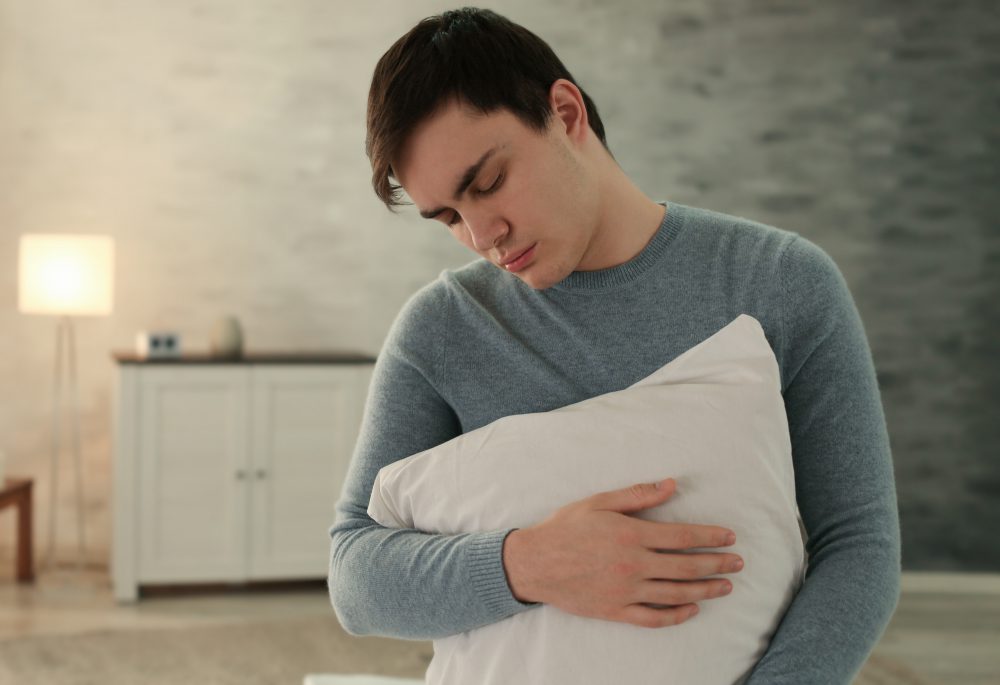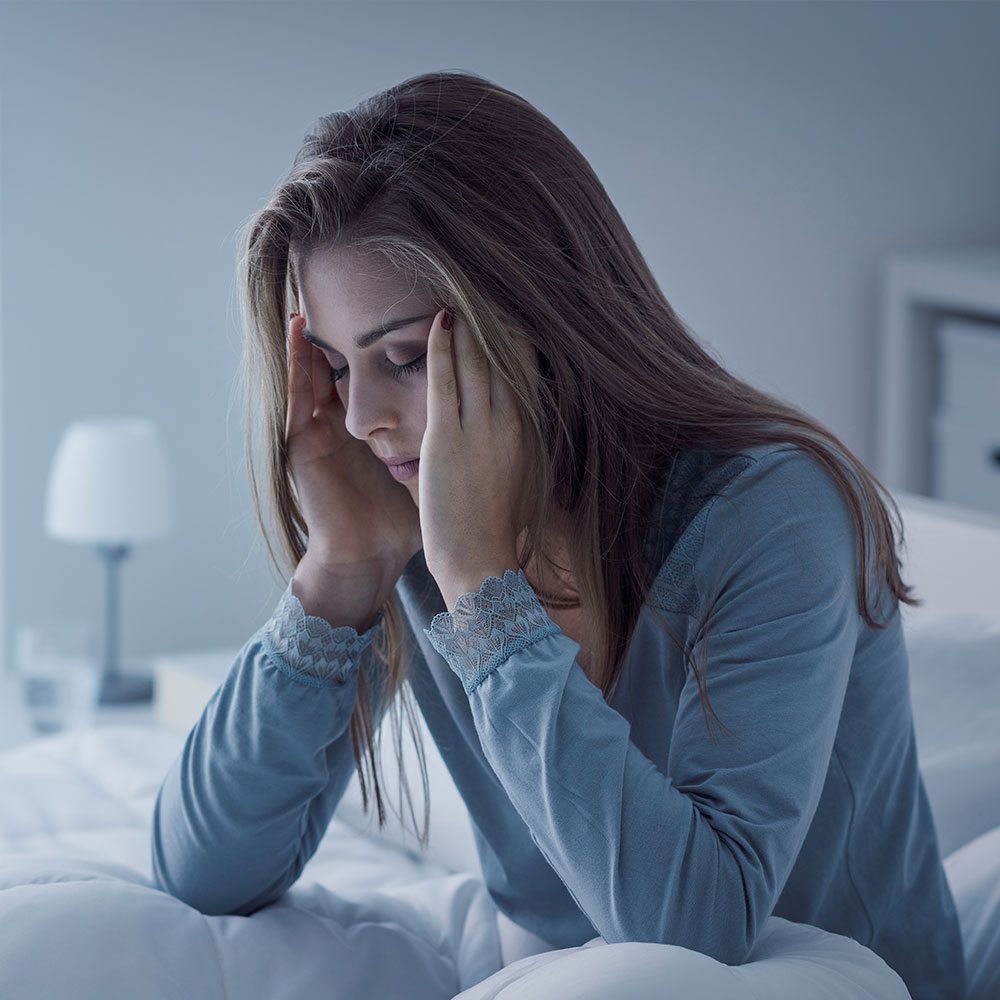
Sleep walking and nightmares
Sleepwalking, having nightmares, suddenly waking up confused and talking in sleep,
What is parasomnia?
Parasomnia is strange and usually undesirable behavior during sleep. Known are sleepwalking, having nightmares, suddenly waking up confused, talking in sleep, grinding teeth, groaning and bedwetting. The person who sleeps is not aware of his or her behavior.
Sleep walking
Sleep walking has a prevalence of 1% -17% in childhood, with the most common events around the ages of eleven to twelve. About 4% of adults suffer from this. Normal sleep cycles include states that range from sleepiness to deep sleep. Each time a person sleeps, he or she goes through different sets of non-REM and REM sleep. Anxiety and fatigue are often associated with sleep walking. For adults, alcohol, sedatives, medication, medical conditions and mental disorders are all associated with sleep walking. While sleeping, a sleepwalker can sit down and look awake, get up and walk around, move items or undress himself. This will also confuse them when they wake up or open their eyes during sleep. Sleep walking can be associated with talking in sleep.
What are the causes?
Parasomnia usually has genetic causes. Sometimes the use of alcohol, caffeine or certain medication plays a role in aggravating the symptoms.
How is the diagnosis made?
Neurologists who specialize in parasomnia work at the Ruysdael Slaapkliniek. The diagnosis is made on the basis of the patient’s typical complaints.
Confused awakening (Confusionall arousal)
Confused awakening is a condition where a person awakes from sleep and remains in a confused state. It is characterized by partial awakening and sitting upright to look around. They usually stay in bed and then go back to sleep. These episodes last from seconds to minutes and may not respond to incentives. Confused arousal is more common in children than in adults. It has a lifelong prevalence of 18.5% in children and a lifelong prevalence of 2.9-4.2% in adults. Infants and toddlers usually experience confusing excitement, starting with large amounts of exercise and moaning, which can later turn into occasional thrashing or inconsolable crying. In rare cases, confusing excitement can cause injuries and sleepy driving accidents, so it can also be considered dangerous. Another sleep disorder may be present that causes this incomplete excitement.
Do you have any questions?
